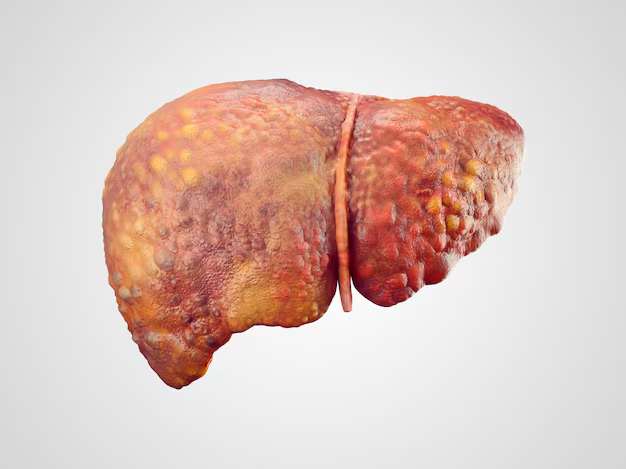
Table of Contents
Taweez for Fatty Liver: Cures and Prevention Methods Explained Hepatic steatosis, or simply, fatty liver disease, is when stores of fat deposits inside the cells of the liver.
It is typically subdivided into two broad categories – alcoholic fatty liver disease (AFLD), which is common among high-drinking alcoholic people, and nonalcoholic fatty liver disease (NAFLD).
Almost all of the audience consume no alcohol. The increasing acceptance of Western culture and the change in eating trends toward the consumption of fast foods have made NAFLD a rampant disease. NAFLD bears a triad of diabetes, obesity, and a fatty liver.
Without necessary treatment, these Fatty liver patients are likely to end up with horrendous types of NAFLD, such as nonalcoholic steatohepatitis NASH or liver fibrosis and, in some cases, liver cirrhosis.
The first step will always be weight loss and adopting a healthy diet, even if medications are needed in the advanced stages of fatty liver disease.
There has been proposed treatment with certain rheumatic drugs that have been used for emphysema and, at the same time, focus on reducing liver fat and inflammation as well as dealing with liver damage caused by pollution.
With such knowledge, the patients and the healthcare providers can make informed choices regarding any medical case.
This article details the drugs authorized for treating fatty liver disease, their use, effectiveness, and side effects.
For newly diagnosed patients or patients seeking more effective treatment, this article can help the readers gain better knowledge of fatty liver disease by assisting them in understanding the disease through medications.
What are the different treatment modalities for Drug-induced) Fatty liver disease?
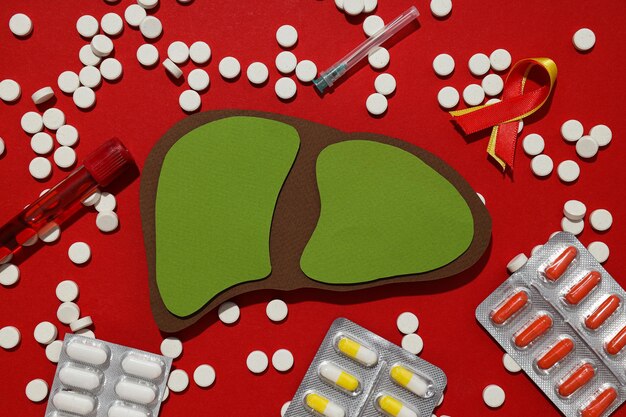
When we take pills targeted at fatty liver disease | or liver disorders, generally speaking, over time, we will be able to drop some weight, develop some muscles, or achieve better health.
So, several drugs are prescribed off-label or otherwise for fatty liver. These include drugs that lower inflammation or improve insulin stating, such drugs as oral hypoglycemics or even PCOS, and liver sterilizing anti-diabetic pills for non-overweight patients.
Pioglitazone:
Pioglitazone is mainly used to manage type 2 diabetes, but some research indicates that Pioglitazone can be useful in the alphabetic selection of patients with fatty liver disease.
This leads to reduced inflammation associated with lipid buildup and improved liver function by reduced liver fat content. In some studies, however, Pioglitazone is said to reverse liver fibrosis in a certain subgroup of patients.
Vitamin E:
It’s a NASH therapy for non-diabetes patients as it is in the category of antioxidants. Free radical generation and its resultant damage have become important in diagnosing NASH, and vitamin E takes some stress away.
Obeticholic Acid (OCA):
This Drug is indicated specifically for the patients of Nash since it acts on bile receptors, which promotes liver acquisition, targeting liver fat and even Nash sibling disease.
Statins:
There is some evidence that statins block the hepatic deleterious effects of steatosis and improve superficial fatty liver conditions, such as hypolipidemic.
Metformin:
This medication strengthens another treatment regimen by encouraging insulin sensitivity. However, the FDA has not approved its use in fatty liver.
Integrating these drugs and the modification of the patient’s lifestyle offers a broad strategy for the management of fatty liver disease.
How do these medications assist patients diagnosed with a fatty liver?
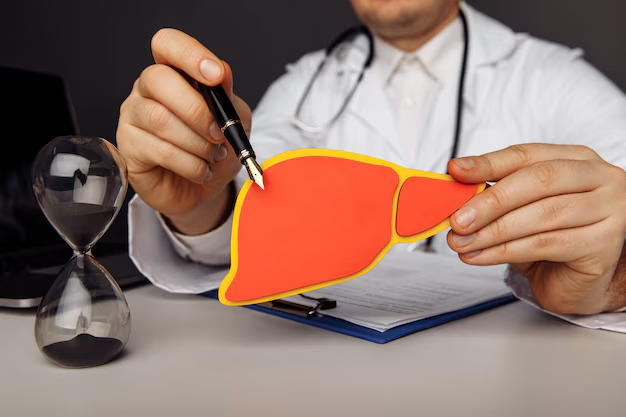
The provided pharmacological intervention focuses on the specific risk factors of the core disease. Examples are:
Pioglitazone:
This Drug decreases liver fat production by rendering the liver more insulin-sensitive.
Vitamin E effectively reduces oxidative stress-free radicals by preventing their formation and minimizing cell damage.
Obeticholic acid:
This Drug combines anti-inflammatory properties and affects liver fat content through farnesoid X receptors.
Statins: These aid in lowering cholesterol and triglyceride content in the body, thereby avoiding excessive fat deposits within the liver.
Metformin:
This drug assists in improving liver function and glucose metabolism.
Such actions would lessen fat deposits and inflammation even as they reduce the risk of progressing to chronic liver diseases.
What Are the Side Effects of Treatment of Fatty Liver?
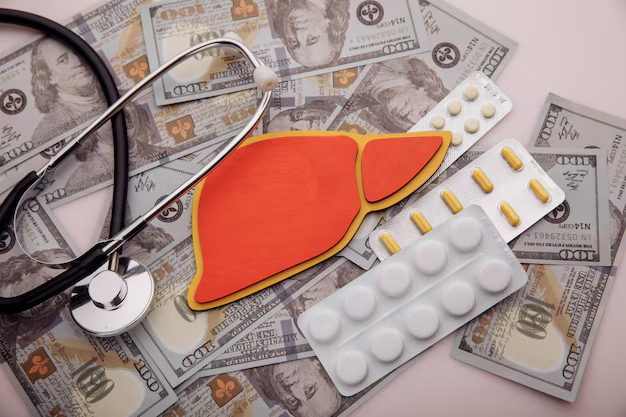
Fatty liver medications are considered safe in many instances; however, nausea, stomach upset, diarrhea, dry mouth, heartburn, or feeling sick to the stomach may occur. It is imperative to appreciate the side effects that are likely to happen, especially during the phase of medication introduction:
Pioglitazone:
Weight gain is mostly due to fluid retention, with a rare incidence of old postmenopausal women at risk of having bone fractures.
Vitamin E:
As noted, the risk of prostate cancer and excessive bleeding makes Vitamin E the dubious best choice when it comes to high-risk consumption, along with those suffering from lichen sclerosis and morphea. Even when applied imaginably, vitamin E supplementation does not seem to benefit.
Obeticholic Acid:
Some patients may develop side effects like malnourishment, easy bruising, damage to red blood cells, or swollen lymph glands. Women who are pregnant are strictly advised against using the medicine as it may lead to preterm birth.
Statins:
The majority of patients are worried about side effects such as liver impairment, renal dysfunction in more severe cases, developing nephrotic syndrome, or even rhabdomyolysis. Treatment usually begins by addressing the symptoms and may include more potent statin medication.
Metformin:
The most important issue with using metformin is the gastrointestinal side effects, especially diarrhea, and nausea, which appear initially and disappear with time.
With the use of many medications, results are positive in one individual and adverse in another; hence, it’s ideal to book a consultation with your authorizing doctor and discuss the probable benefits and harms of the treatment.
Can Fatty Liver Disease Therapy Be Accomplished by Drugs Alone?

Even though medications for fatty liver treatment should also be supplemented with lifestyle changes, all medicines focus on reducing fat and inflammation. This data shows that a general improvement in living standards usually gives the best result. The holistic approach would consist of:
Changes in diet:
Shifting to a Mediterranean plan along with enough fruit, vegetables, and healthy fats can boost liver health significantly.
Exercising: Regular aerobics or weight-lifting exercises can help lose liver fat.
Losing weight:
Losing 7-10% of one’s body weight may curb inflammation and, thus, benefit the body greatly in the long run.
Avoiding alcohol:
It would be helpful to avoid alcohol in case someone has AFLD or NAFLD, as it would help reduce the chances of further injury to the liver.
While medications are major adjunct aids, they should not be the central focus, as best practice is always seen in a ‘whole life’ approach.
Have you Heard of any Recent Drug Treatment Options for Fatty Liver?
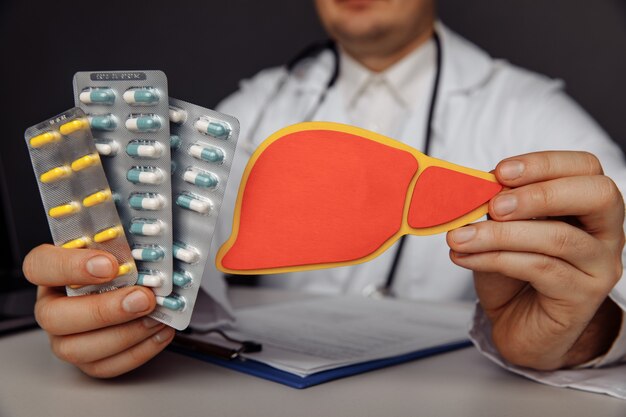
The development of medication therapies for fatty liver diseases is relevant and putting into advancements as some other drugs in the clinics are working:
Semaglutide:
This Drug was primarily used for type 2 diabetes links but has had good effects on liver fat deposition and fibrosis around the liver.
Aramchol:
This novel drug targets liver fat by inhibiting fatty acid synthesis.
Elafibranor:
This Drug also appears efficacious when given in combination with an agonist to the nuclear receptors of the liver, resulting in increased insulin resistance and lower liver inflammation.
Lanifibranor:
The Drug has been confirmed to be a pan-PPAR agonist and can improve liver fibrosis reversal.
These results suggest possibilities of future inactive comprehension of the disease and appendices for successful drug production.
FAQ’s
What are the best medications or drugs to manage and optimally treat fatty liver?
Obeticholic acid, vitamin E, Pioglitazone, metformin, and statins are effective in most cases and sometimes with a combination of lifestyle changes.
Is there a pharmacological agent available and sanctioned by the FDA to treat fatty liver?
Treating fatty liver with pharmacological agents will take time as no products are available. Therefore, patients use over-the-counter vitamin E, trioglitazone, etc.
Is Monotherapy (drug therapy only) effective in treating fatty liver disease?
Weight loss, along with physical activity, has often been the most potent remedy for fatty liver disease; this can be achieved with the help of drugs. Physical exercise combined with taking drugs will help in curing liver disease.
Is using drugs to treat fatty liver disease safe and effective?
Yes, cholesterol and weight levels increase, along with some problems occurring with the gastrointestinal system. But overall, the treatment has effective outcomes.
Conclusion
Vitamin E and obeticholic acid may be potential candidates for treating a fatty liver. While drugs can be effective for correcting metabolic or cellular processes, most patients would still have to rely on correcting their lifestyle choices permanently.
When there is an integration of adhering to the recommended pharmacological routines with performing effective exercises, lower drawbacks will occur in the liver functions.

